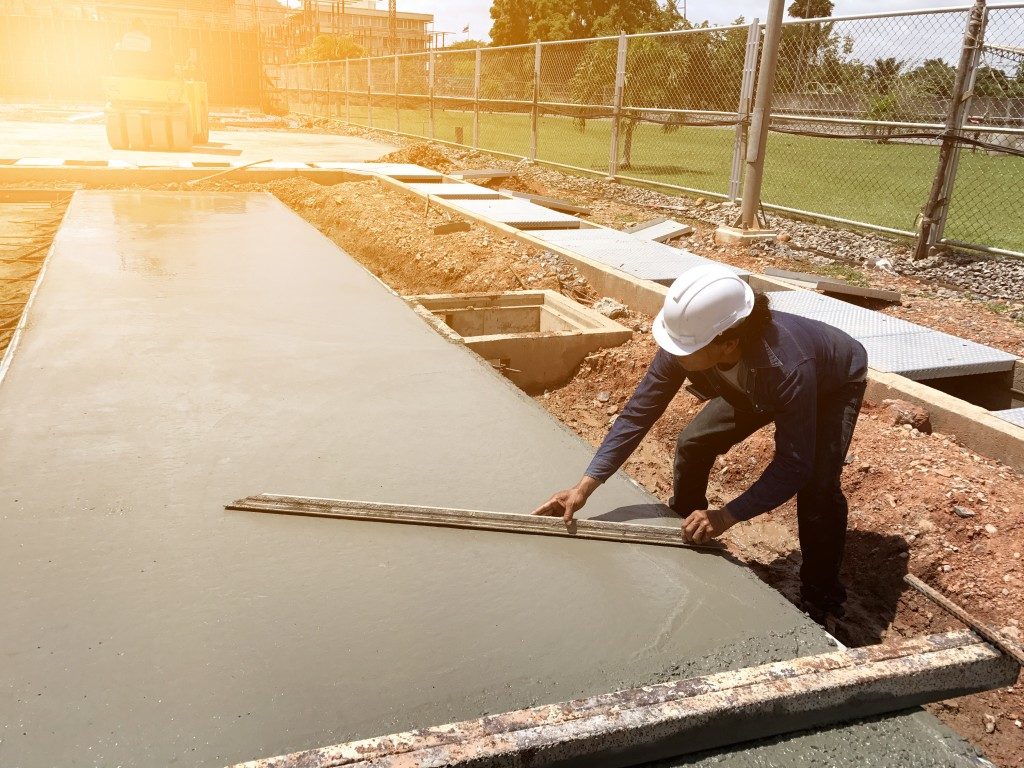Concrete is a material that has many uses. The primary use of it is as the main structural material of most buildings, but people can use it for decorative purposes, too. The trouble with concrete is that it can be surprisingly vulnerable from a range of weaknesses. Like stone, concrete absorbs liquids and can stain pretty badly. Damage to concrete won’t just make it look bad but can also damage your building. This is why you need to apply some protection over your concrete. Here are some of the standard options available:
Paint
It might surprise you, but paint is one of the more common protective coatings that you can apply over concrete. A thick coat of paint can provide concrete with a layer of protection. You can even pick a paint that has unique properties so that you can be sure about your pavement. For example, water-proof paint can help stop the porous concrete from experiencing water damage. But paint is one of the least-effective options out there. You should go for something more robust if your concrete experiences exposure to the elements.
Basic Coating
If you have sanded down the concrete surface smooth, then you might apply some pure beeswax. Used for centuries, waxing concrete improves the flat surface, and you can expect an excellent shine and protection for the concrete underneath. But time erodes that coating, so you will need to apply it again.
Fortunately, modern times give us more permanent coating products. Resin coating has the same and even better effect while also lasting much longer. It also gives better results on a variety of surfaces. Already smooth concrete will only require a thin coating to do the job and smooth things out.
Epoxy coating combines paint and coating in a single application. The concrete is sanded down to a smooth surface then primed. Contractors then apply paint then coating for maximum effect. This is usually done with floors so that they can stand up to rough treatment.

Impregnation
For concrete surfaces that do not need to be fancy, impregnation with oil is a good choice. An oil impregnates the concrete, entering the porous insides of the material. This stops water and moisture from entering the space. Linseed oil is the favorite for this, with multiple variations depending on the circumstances.
Sealants
Like coating, concrete-sealing products stop any substance from entering the porous concrete. The difference is that the sealing materials are usually just a thin layer, despite being very useful. Sealers are generally liquid resins or plastics that quickly set into a solid film when they are allowed to dry. They can function as the second layer of defense if a homeowner wants to apply an additional layer of coating on top of them.
Concrete has the unfair reputation of being a rough material for outdoor locations. But if you use the proper treatment, like the ones above, you will be able to have impressive concrete installations. Think about what options you should implement and which ones will work best for your home.







